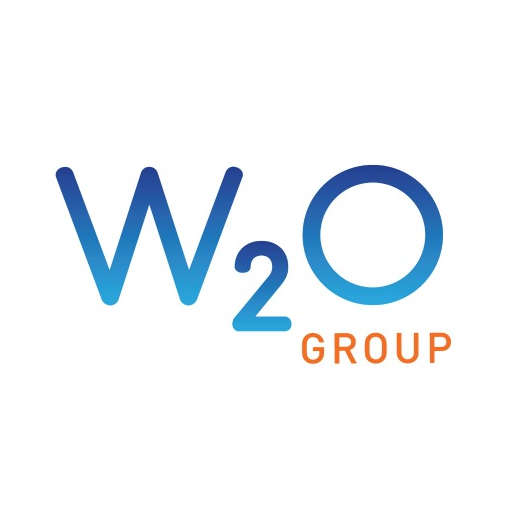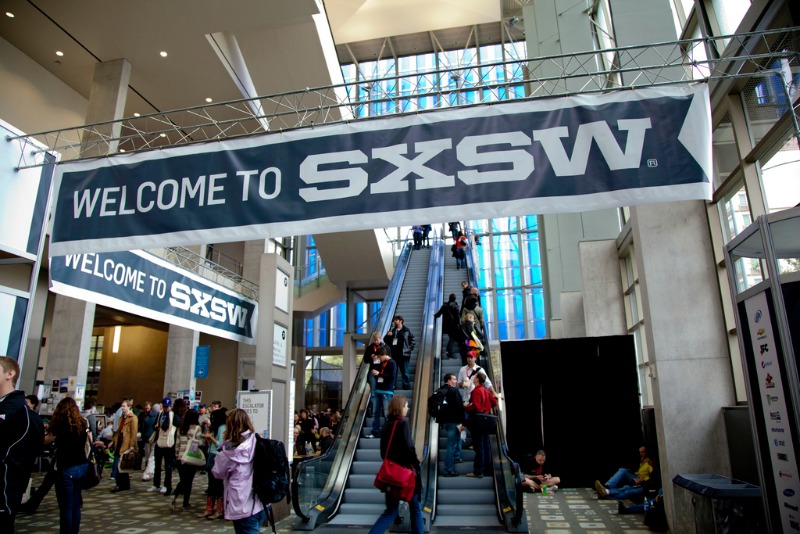W2O Group 19 May 2016 // 12:23PM GMT

The Institute for Public Relations (IPR) Commission on Organizational Communication released a Signature Research Global Study – “Organizational Clarity: The Case for Workforce Alignment and Belief” – delving into the company/employee dynamic involving comprehension and activation around business strategy. (In full transparency, I’m on the Commission and co-lead the development and execution of the study)
The study indicates employees in the five countries examined are confident they understand the core purpose of their organization and find meaning in their work, but believe organizations have much work to be done in prioritizing and communicating strategy internally.
A summary of key takeaways includes the following:
- In today’s social/digital reality, there is more content than attention resulting in misalignment between strategy and employee performance.
- Organizational Clarity appears to be strongly correlated with performance and can act as a leading indicator of future performance.
- Strategy and clarity connect when employees calibrate thinking, action, and behavior. People are inundated with information today and often work with the volume “off,” so to speak, relying on organizational behavior and action to connect the dots for them on vision, strategy and direction.
- Strategy alignment and clarity starts at the top, and “disconnect” with employees must be eliminated among leaders.
- A disconcerting reality from the research is that some organizations do not have a solid understanding or real-time knowledge of the workforce as it exists today — a significant barrier to Organizational Clarity. One reason for this failing is the lack of integration and alignment among C-Suite, HR, and Communications functions within the workplace.
- Building on three key dimensions — Job, Strategy and Market — the “Organizational Clarity Clock,” a new measurement model emerging from our research, was constructed that shows clarity is increased when employees understand the marketplace as seen through the lens of the company’s strategy.
- Based on survey results gathered among more than 1,500 respondents working across six economic sectors and five countries, the best to worst performing countries in terms of Organizational Clarity are India, United States, China, Brazil and the United Kingdom.
The comprehensive report – more than 1,500 employees in five countries— United States, United Kingdom, India, Brazil and China—were surveyed about how well they think their organization connects to three dimensions in terms of employee alignment: JOB, STRATEGY, and MARKET. Each country received a grade ranging from “A” to “F,” based on the mean responses from their employees. The best to worst performing countries in terms of Organizational Clarity were India, United States, China, Brazil and the United Kingdom.
For practitioners, this is a most opportune piece of data identifying the elements for breaking through the clutter of today’s modern corporation and having a mechanism—dimensions, scorecard, market difference, techniques—focused on clarity to measure progress in real-time. The report also includes specific considerations for improving clarity and engagement within companies.
In companies throughout the world, employees are inundated with information today and rely on organizational behavior and action to connect the dots for them on vision, strategy and direction. In addition to the research findings, the study also offers takeaways and suggested actions to improve Organizational Clarity and drive performance. Clarity is the new engagement for internal communications.
All of us involved in communications should find this research relevant and useful in navigating the environments we operate in.
Kudos to Tina McCorkindale, Ph.D. President of IPR; Dr. Sarab Kochhar, Ph.D. Director of Research/IPR; Keith Burton, Chairman, Commission on Organizational Communications/IPR; and the Commission members for a truly ground-breaking study. Additional kudos to the sponsors of this effort – AT&T, General Electric, Hormel Foods, Shell, Southwest Airlines, Standard Chartered Bank, USAA, and Bruce Berger, Ph.D.
For a full report please visit the IPR at instituteforpr.org.
By Gary Grates, Principal at W2O Group


































.jpg)














